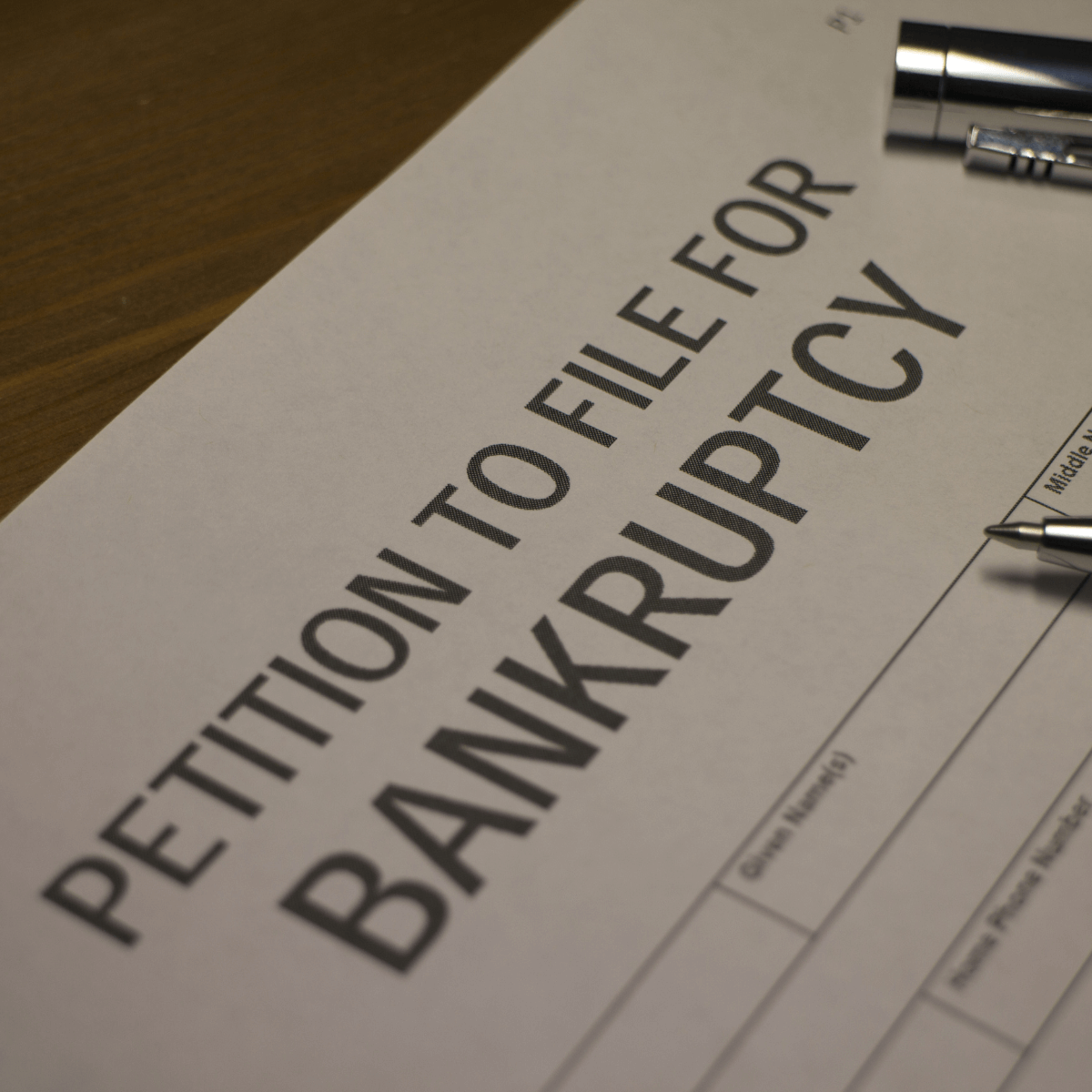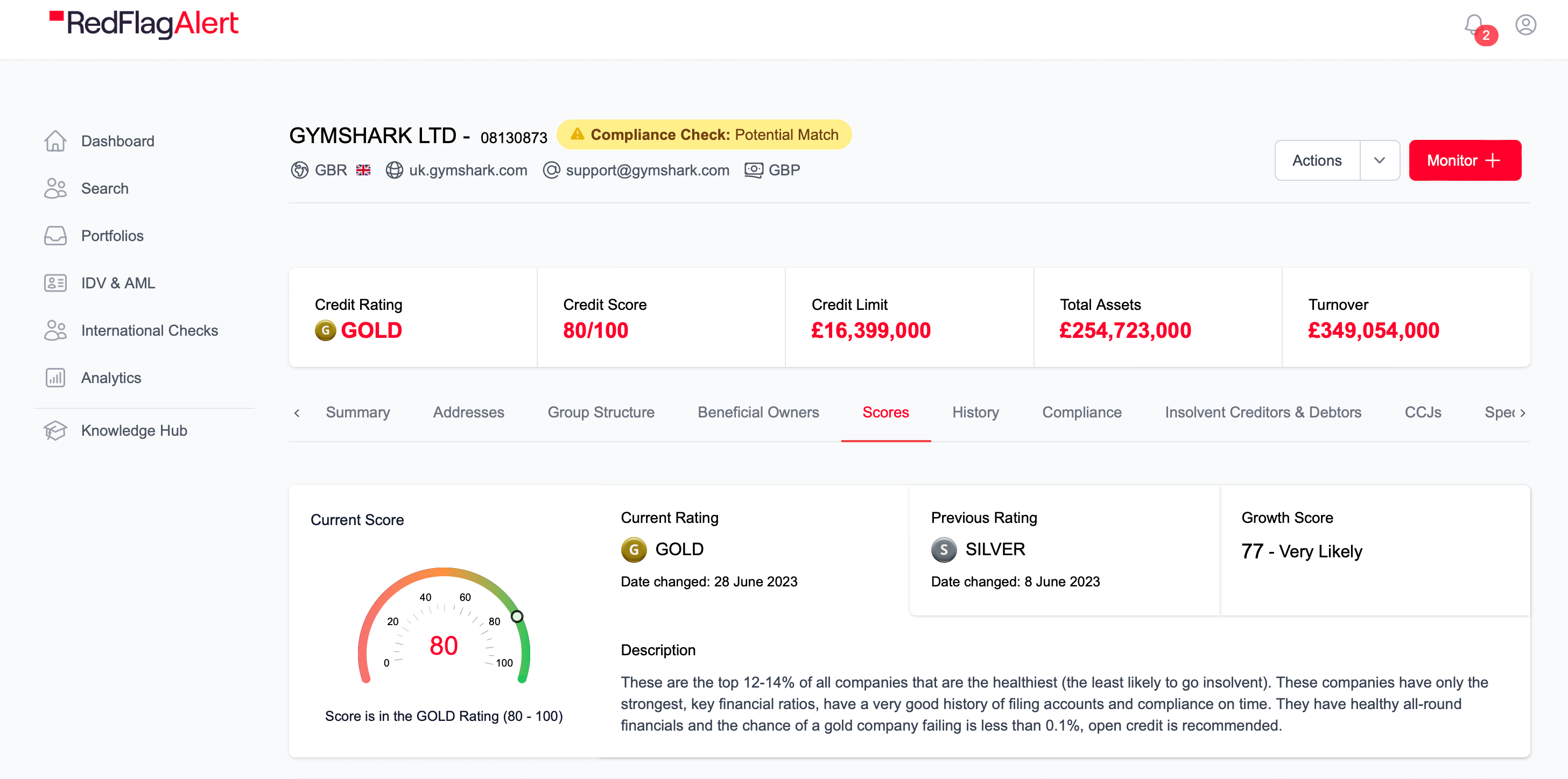As lockdown measures are rolled out for winter, the hospitality sector faces a severe challenge. Our data shows that 3,754 bars and restaurants are rated one red flag or worse – at the end of March, this figure was 3,591.
In normal circumstances, the cohort of businesses at one red flag or worse survive week to week by driving cash through the tills – many seeing a big revenue spike at Christmas. Most don’t have reserves to fall back on or healthy levels of working capital.
Government support measures and the Eat Out to Help Out scheme have kept these businesses afloat and plugged the gaps in cash flow.
This support will gradually be reduced, and it’s very unlikely that trading will be anywhere near previous levels – this points to a sad reality that many of these businesses will likely be made insolvent.
What Does This Mean to Suppliers to the Hospitality Sector?
A vast network of companies supports the hospitality sector, from digital marketing to facilities management and food and drink suppliers.
These companies need the sector to survive, and many owners of these companies feel powerless to save their business in the coming crisis.
While it’s natural to be worried, there are some practical steps you can take to protect your business. Below we cover four steps you can take to insulate your business against the current hospitality sector crisis.
1. Analyse your client base for risk
2. Reach out to at-risk customers
3. Look for opportunities to grow your client base
4. Set up ‘risk and opportunity’ monitorin
Analyse your client base for risk
In this climate of uncertainty, you need to know which of your clients is at risk of insolvency. Red Flag Alert’s insolvency scorecard is the best way to predict whether a business will become insolvent.
In the hospitality sector it is hard for traditional credit referencing tools to assess financial health, but our scorecard is different.
We can make accurate predictions on revenue, profit and employee numbers for small businesses that otherwise won’t make this information publicly available.
We do this by reviewing available information and using our algorithm to create a financial health rating. By examining key factors that drive insolvency in hospitality, our predictions use past insolvencies to predict the current circumstances.
Our predictions also use the latest available information, so current conditions (like the Tier 3 lockdowns being rolled out across the North) are factored into the health ratings.
Reach out to at-risk customers
Once you have identified those customers that are experiencing financial distress, we recommend you reach out to discuss the situation.
It’s a challenging time for many businesses; as a supplier, you may be able to help. Perhaps you can help ease cash flow for your client by reducing prices for a short while, offer products that are a little cheaper, or roll back some of your services.
The best outcome is that you can work with your client to help them stay in business and continue working together. Sometimes this isn’t possible, and you may need to put measures in place to protect your position. This might mean reducing credit terms or even closing the account with that company.
Our advice is always to look for a solution, but you also need to avoid bad debt. If your hospitality client becomes insolvent, you are unlikely to recover any unpaid invoices. In the 12 months to 30 June 2020, there was £1.5bn of bad debt owed to UK businesses when clients became insolvent.
Look for opportunities to grow your client base
Red Flag Alert accurately predicts insolvency, but the scorecard also identifies financially healthy companies.
While 22% of northern bars and restaurants are at risk of failure, 78% are currently not at risk. If you’re operating in that sector, this is critical information when you’re identifying new sales opportunities.
You can be much more granular when targeting businesses in Red Flag Alert. Here are a couple of ideas for customer segmentation.
1. Hospitality businesses that have high assets but low liquidity may be an excellent opportunity for selling financial products.
2. When a business has opened new premises, they may be willing to buy a range of services from energy to facilities management.
3. If a business is growing fast, they may be open to discussions with innovative marketing companies that will accelerate growth.
If you are open to opportunities outside the hospitality sector, there are over six million companies on Red Flag Alert – your ideal customers are out there, you just need to find them.
Set up ‘risk and opportunity’ monitoring
There are around 180,000 critical changes in UK businesses every day.
These can be anything from a change in health rating to growth in profit or a new location. Using this data helps you make fast business decisions.
That may mean monitoring your customer base for risk or searching for new sales opportunities.
Now is the time to become more proactive.
Learn more about how Red Flag Alert helps your credit control function protect your business from financial risk and comply with regulations, why not book a demo?




